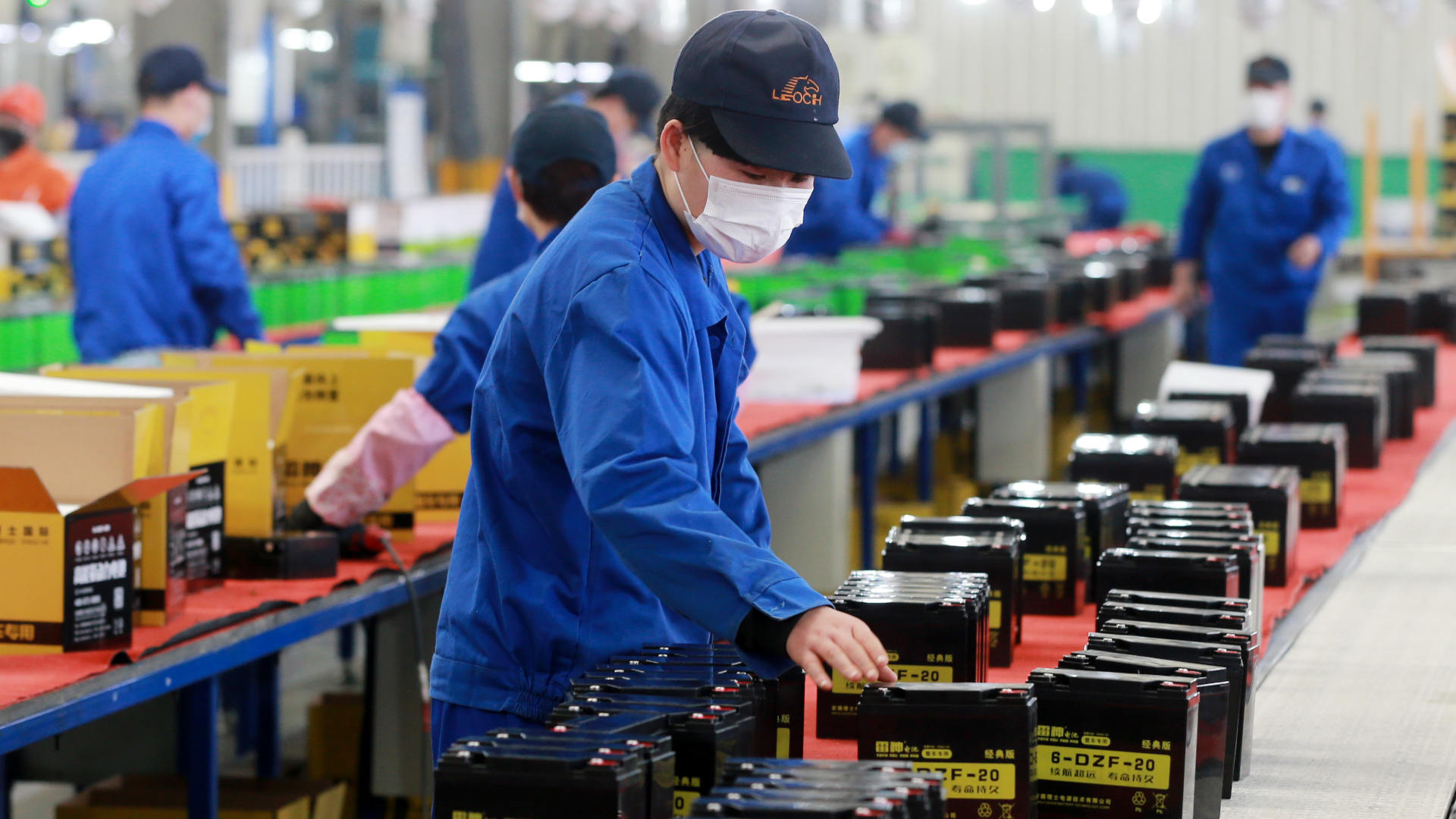Given the negative publicity about the lead paint in our homes poisoning children and lead pipes contaminating our water, most people might assume that the lead industry is suffering a slow death.
But even as our understanding of low-level lead exposure hazards has grown, global lead production actually increased by 75 percent between 2001 and 2017. In the United States, according to the most recent federal data, lead usage grew 26 percent over this same period, largely due to a rise in ammunition production and lead battery manufacturing.
Despite advances in lithium-ion and other competing battery chemistries, lead battery production is expected to continue to grow to meet demands for transportation and so-called “clean” energy storage. In fact, almost every electric vehicle comes equipped with an even larger lead battery than used in an equivalent size conventional vehicle.
In the face of more stringent regulation in the U.S., the industry has shifted production to countries with weaker standards and few resources for enforcement. At the same time, the world’s largest lead battery company, Clarios, recently established a foundation that launched a major public relations effort to gloss over the industry’s own responsibility.
It’s time we push back to protect public health.
The effects of lead on people’s health are well-documented. Historically, physicians generally believed that children had to ingest paint chips to become severely poisoned, but we now know that even low-level lead exposures can diminish children’s learning and impact behavior. Those effects not only cause individual harm, but they can also ripple throughout the economy. According to a 2010 report from the Pew Center on the States, the resulting loss of earnings total more than $190 billion in the U.S. alone.
Less well-known is that lead accounts for more deaths among adults than any other chemical exposure, as it increases the risk of heart attack and stroke. In 2021, a viewpoint article in the Journal of the American Heart Association declared that the burden of proof had been unequivocally met that lead is a risk factor for cardiovascular disease based on the “clinical, toxicological, and experimental evidence.” And a study published in The Lancet Public Health in 2018 estimated that, each year in the U.S., more than 400,000 deaths can be attributed to environmental lead exposure. That’s nearly three times the number of people who die annually from excessive alcohol use.
These health effects are increasingly impacting low- and middle-income countries as lead production and recycling gets exported to places with weaker regulations. Studies from Mexico, China, Peru, and other countries have demonstrated a higher concentration of children with elevated blood lead levels in communities closer to such facilities.
The lead industry has a long history of actively promoting the use of lead for water pipes, paint, and other applications. Today, the International Lead Association, an industry trade group representing lead producers, continues to promote the “safe and responsible use of lead,” which it claims is “critical to achieving a sustainable and low-carbon future.”
At the same time, the industry has raised doubt on scientific studies showing impacts of low-level lead exposures and is actively working to forestall regulations. In 2006, when the U.S. Environmental Protection Agency was updating the ambient air lead standard for the first time in nearly 30 years, the lead battery industry association even attempted to have lead removed as one of six criteria air pollutants regulated under the Clean Air Act. In 2022, industry associations pushed back on U.S. and European efforts to update environmental and occupational lead regulations.
The last primary lead smelter in the U.S. shut down in 2013, but domestic mined ore is now exported to other countries for processing where these smelters are known to be significant sources of contamination. Used lead batteries are also often exported for recycling, to take advantage of weaker environmental controls abroad. For example, Mexico saw a 23 percent increase in used lead batteries it imported from the U.S. from 2017 to 2021; Mexico’s air standard for lead is 10 times greater than that of the U.S.
In 2021, Clarios, formerly known as Johnson Controls, shut down a lead battery recycling plant it had opened less than a decade earlier in favor of exporting used lead batteries to recycling facilities in Mexico. The year prior, the company’s foundation embarked on a public relations campaign billed as “Protecting Every Child’s Potential,” or PECP, in partnership with UNICEF and the nonprofit Pure Earth. The foundation has given both organizations millions of dollars. (The PECP project includes the International Lead Association and other industry associations as technical partners.) That same year, UNICEF and Pure Earth produced a report that placed blame on others for “unsound recycling” while downplaying the need for regulation and improved pollution controls in the largest lead battery manufacturing and recycling plants. Pure Earth published articles advancing the same narrative in scientific journals.
In this way, the lead industry has been successful at placing blame on informal sector recyclers who melt batteries down on the side of the road to sell for scrap in many low-income countries. These efforts distract regulators away from focusing on emissions from larger licensed facilities. Lead industry associations consistently work to discredit science and raise doubt by hiring firms to reanalyze the data from key studies. They fund academics and organizations that favor industry positions. The intent of these lead industry actions is to delay regulatory action and maintain the status quo.
These tactics are not unlike what we have seen from the tobacco industry, which has fought to exempt e-cigarettes from government regulation, funded scientists to publish favorable research, and attempted to influence and fund U.N. agencies.
To counter these efforts, we must recognize the continuing influence of the lead industry and insist on greater transparency. Nonprofit organizations and governments must adopt comprehensive disclosure requirements and ensure that public health recommendations and policies are free from industry financial or other influence. UNICEF and other U.N. agencies must stop accepting funding and collaborating with the lead industry, just as some U.N. agencies have established policies against tobacco industry interference.
In recent years, global public health organizations have called for an end to collaboration with the tobacco industry and all organizations that they fund. Now it is time for environmental organizations and international aid agencies to take the same action against lead industry funding.
Environmental justice, a key focus of the Biden administration, should not stop at the U.S. border. We must stop exporting hazardous waste and our most polluting industries that shift the burden of these exposures on countries with few resources to regulate or enforce standards. At the same time, we should encourage all countries to put in place minimum environmental and occupational standards for smelters and lead using industries to protect public health and the environment.
The U.S. has committed billions of dollars to eliminate lead water pipes, clean up lead contaminated soil, and abate lead paint from housing. While addressing the legacy of lead pollution, we must recognize the role of industry influence in growing the lead market and keeping regulators at bay.
UPDATE: Due to an editing oversight, a previous version of this article referred incompletely to the funding supplied by Clarios Foundation to the nonprofit Pure Earth. The piece has been updated to reflect the foundation’s contributions to the organization.
Perry Gottesfeld is the executive director of Occupational Knowledge International and an expert on lead poisoning prevention.











